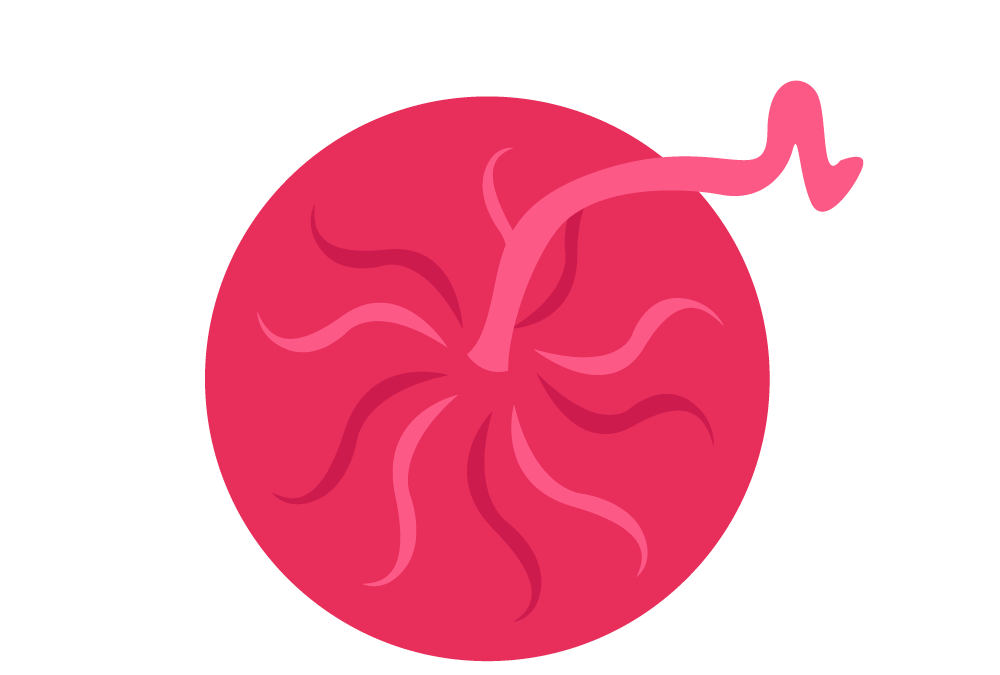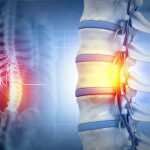You’ve maybe heard of cord blood banking and even cord tissue banking, but have you heard of placenta banking? Often thrown away as medical waste, the placenta is a valuable source of stem cells.
Curious about storing it? Let us be your guide.
What is the Placenta?
If you have had children or are currently expecting a baby, you are probably well aware of what the placenta is. However, here is a very quick refresher.
The placenta is an organ that grows during your pregnancy. It attaches to the wall of the uterus and is where the umbilical cord comes from. The structure passes nutrients and oxygen to the baby while also removing waste. It keeps the mother’s and baby’s blood separate, produces hormones during pregnancy and closer to the end of pregnancy passes antibodies to the baby
Once your baby is born the placenta comes away and is delivered during the third stage of labour. This can happen within 5 – 30 minutes after birth, but it can take up to an hour. During a C Section, the doctor will remove the placenta in the process.
Can you keep your placenta?
The simple answer is yes unless there is a medical reason that requires the hospital to keep or dispose of the placenta you can (to a degree) do as you wish with it.
To do this, get it in writing. Make a note of your plan in your birth plan, speak with your doctors, and midwife and get them to note it too. When you arrive at the hospital once you are in labour remind the staff there of your plan too. There is a good chance you will have to sign a release form as well that the hospital should provide.
Lastly, ensure you assign someone to be in charge of the placenta. This can be your birth partner, doula, or any support person you have on hand. You will be busy focusing on a million other things so put someone else in charge of ensuring the placenta is kept and looked after for you.
What can I do with my placenta?
The difficult part comes as there are multiple options of what to do with your placenta. There are now several options for what to do with your placenta.
– Consumption – The one that immediately comes to mind for most people is eating your placenta. Some people eat it as is or mixed into smoothies, other will have it turned into pills or liquid to be taken like vitamins.
– Bury it – Some rules come along with this one. You will need to check with the council where you can and cannot bury this and what the guidelines/regulations are around burying human tissue.
– Private storage – Your placenta is a rich source of stem cells that can be used in various approved and experimental treatments.
Why store the placenta?
If you choose to store, you will actually be banking the outer layer called the chorion and the inner layer called the amnion. These will be collected from the placenta and then frozen. In the future should your child need a regenerative treatment, these will be available to be used.
Already placental cells are being used to treat wounds and promote healing. Research continues to be done on the Amnion and placental. They have the potential to treat…
- Burns
- Diabetic ulcers
- Strokes
- Arthritis
- Multiple sclerosis (MS)
You can privately store the tissue as a safety net for your child in case they need stem cell treatments in their lifetime. It does cost money to do so but could be worth it for the security of your child’s health.
If you are thinking about banking or want any further information on what it is, order your free welcome pack today.
Request a Welcome Pack
Find out more about cord blood banking by downloading a Welcome Pack now.








